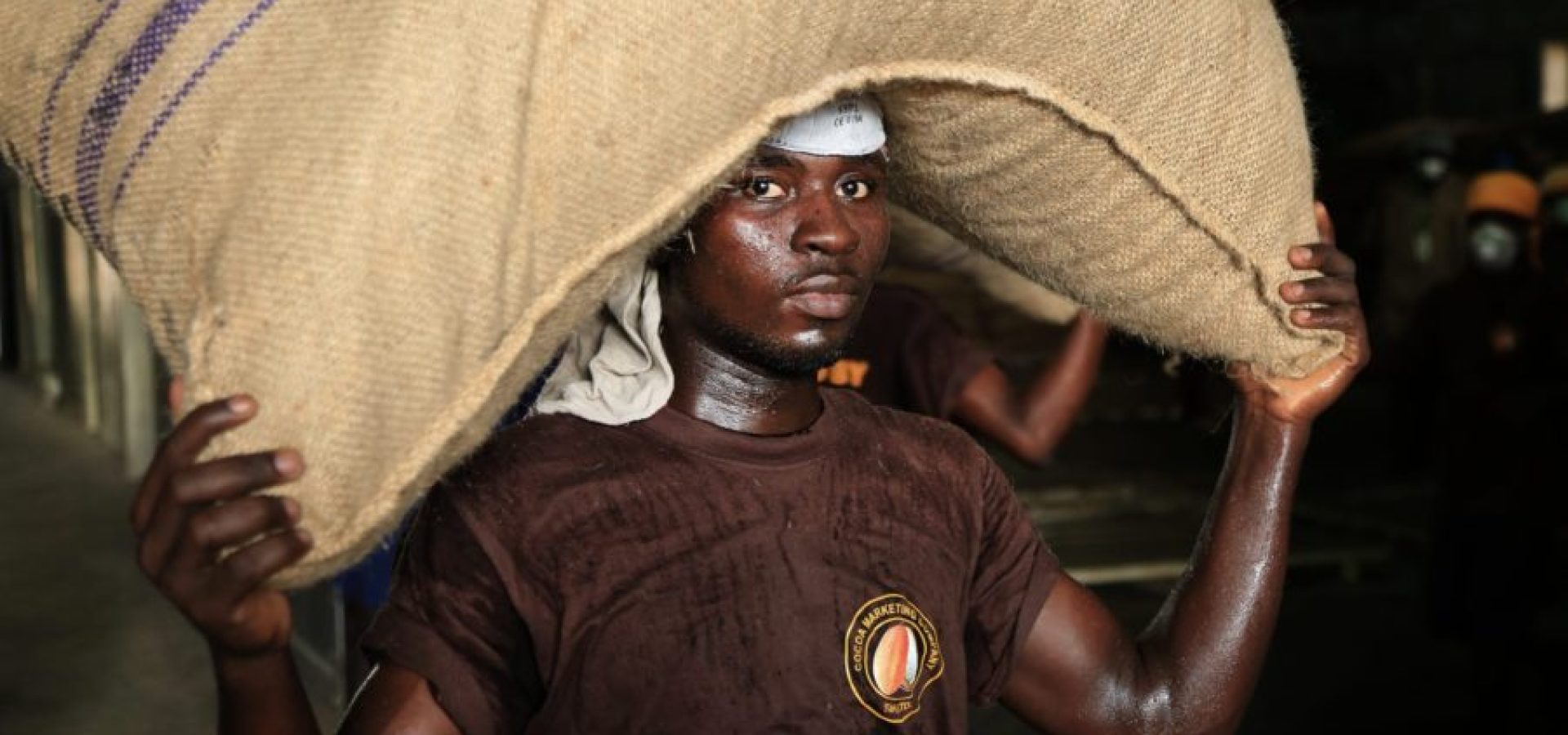Cocoa has enraptured the world. It has done so since the first Europeans arrived in America. Today, the commodity is in use not only in the production of sweets but also in some beauty products. Its consumption, which reaches 4.7 million tons a year worldwide, has continued to grow. Cocoa production reaches 4.8 million tons per year. What has been detrimental is its market price.
In the seventies, it was commercialized above the 4,000 dollars per ton. However, people currently sell it between 2,400 and 2,500 dollars, according to data from the International Cocoa Organization, ICCO.
The constant reduction in price in recent years has been a setback for farmers of the planet’s two primary producers, the Ivory Coast and Ghana. These African cocoa day laborers earn less than a KitKat bar a day, that is, $0.78, according to the Cocoa Barometer, provided by a network of NGOs that defend fair trade.
The regulatory bodies for commodities in these countries announced a premium of $400 per ton for each contract sold. These bodies control more than 60% of global production. Their objective is to alleviate the poverty in which the peasants of West Africa live.
The history of the trade
Jean-Arsène Yao, professor of history and expert in agriculture in the Ivory Coast, states that there is a complex supply chain between those who produce cocoa and those who industrialize it.
Multinational companies like Mars can only track 24% of the origin of their cocoa; Hershey, less than half, and Nestlé, 49%, according to recent research by The Washington Post. The situation is complicated, Yao says. The peasants suffer from constant bargaining and beastly discounts from intermediaries.
Commodity futures in New York and London have been on a roller coaster since both countries joined forces to intervene in the cocoa market. Uncertainty has triggered volatility and has pushed prices.
The system designed by Ghana and the Ivory Coast has evolved over the past few months. Industry members didn’t receive the mechanism well. According to Sandra Boga, an analyst at IEG Vu, they were afraid it would lead to oversupply.









COMMENTS